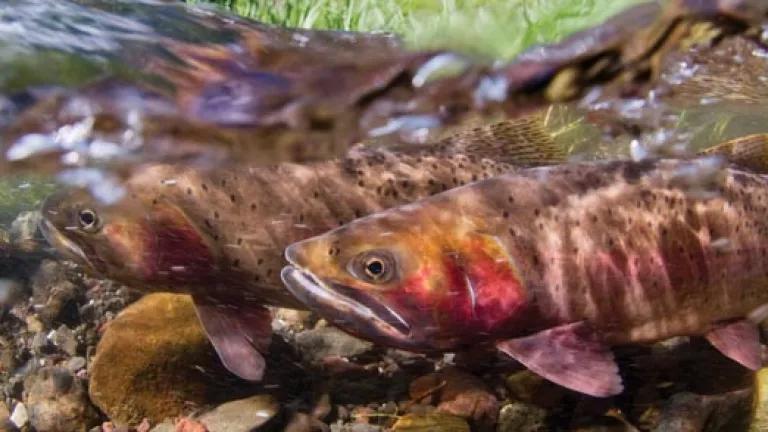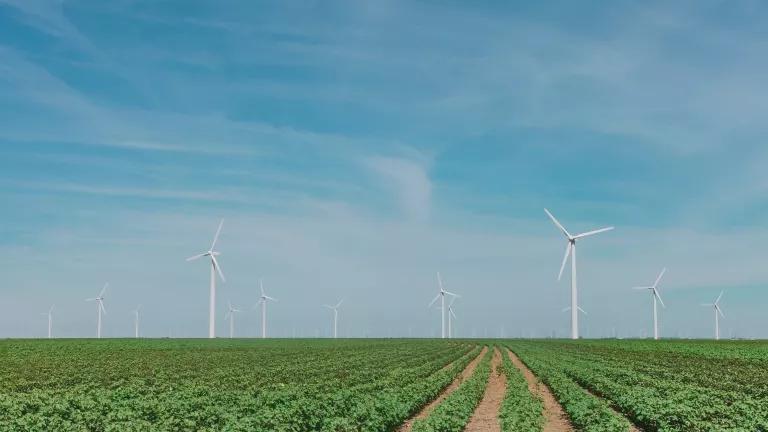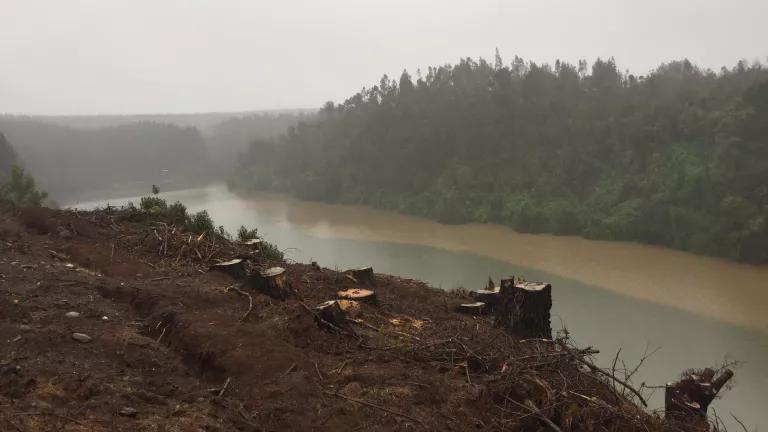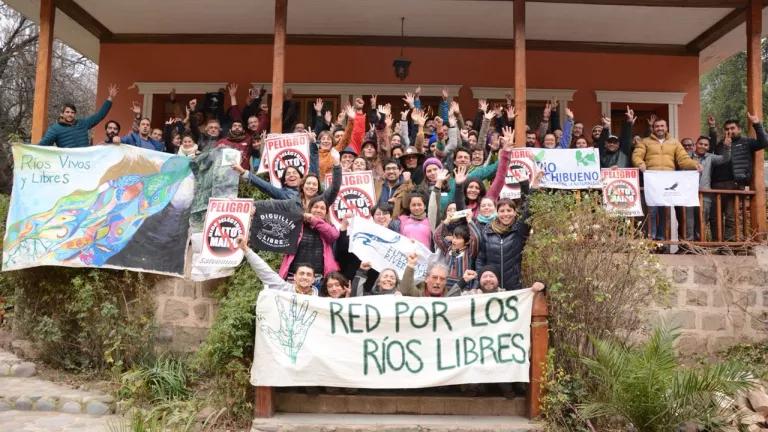
Last year, the Environmental Protection Agency (EPA) proposed the Clean Power Plan, which will soon put in place the first-ever carbon pollution limits for the nation's existing power plants. This is a huge and critically important step forward, as coal and natural gas-fired power plants are the largest sources of human-caused carbon pollution today. In fact, their output accounts for about one-third of the total U.S. greenhouse emissions each year. That's crazy!
What exactly will the Clean Power Plan mean for Montana? Well, the rule will be flexible, and it'll give the states the authority to design their own carbon reduction programs. States can choose to increase reliance on renewable energy sources like the wind and sun, bolster energy efficiency, or use a combination of both to reduce statewide carbon emissions.
Good thing Montana has the second best wind resource potential in the country as well as incredible solar potential. Throw our energy efficiency possibilities into the mix, and that could mean big savings on your energy bill, a healthier environment, and continued enjoyment of our way of life for generations to come.
Here in the Northern Rockies climate change is a huge concern. Less snow and warming temperatures threaten our winter recreation and some of our favorite wildlife species. Case in point--our beloved wild trout. This region is a stronghold for wild, native trout--a well-known cold-water species. Unfortunately, reduced snowpack and warming waters stress the trout, affecting local anglers and the tourism economy created by our world-renowned blue-ribbon streams.
Our rivers and aquatic critters aren't the only things at risk in a warming climate. We've already seen how climate change and rising temperatures can devastate our forests and impact the ecosystems to which they belong. Due to warming winter temperatures, the native mountain pine beetle has been able to survive at higher elevations in the Greater Yellowstone Ecosystem (extreme, long cold snaps historically killed these little guys off at higher elevations). The result has been the decimation of the whitebark pine tree, a species that plays a central role within the ecosystem. Not only does this tree aid in snow pack preservation and soil stabilization, it also feeds an array of wildlife, including grizzly bears.
Fortunately, there is some good news. Awareness surrounding climate change and its impacts is growing, as are the number of recommendations regarding what all of us can do to help. EPA is doing its part by working with the states to implement the Clean Power Plan to ensure a healthier, more sustainable future.
It's time for Montana to embrace the Clean Power Plan, meet our emissions standards, and continue striving to find ways that we can protect our outdoor heritage.
As we've seen with our high-elevation whitebark pine forests, and we're seeing with our beloved wild trout streams: climate change is already affecting life in the Northern Rockies, and we need to do more to fight back against it.
The Clean Power Plan is a huge step in the right direction for Montana and the rest of the country.


